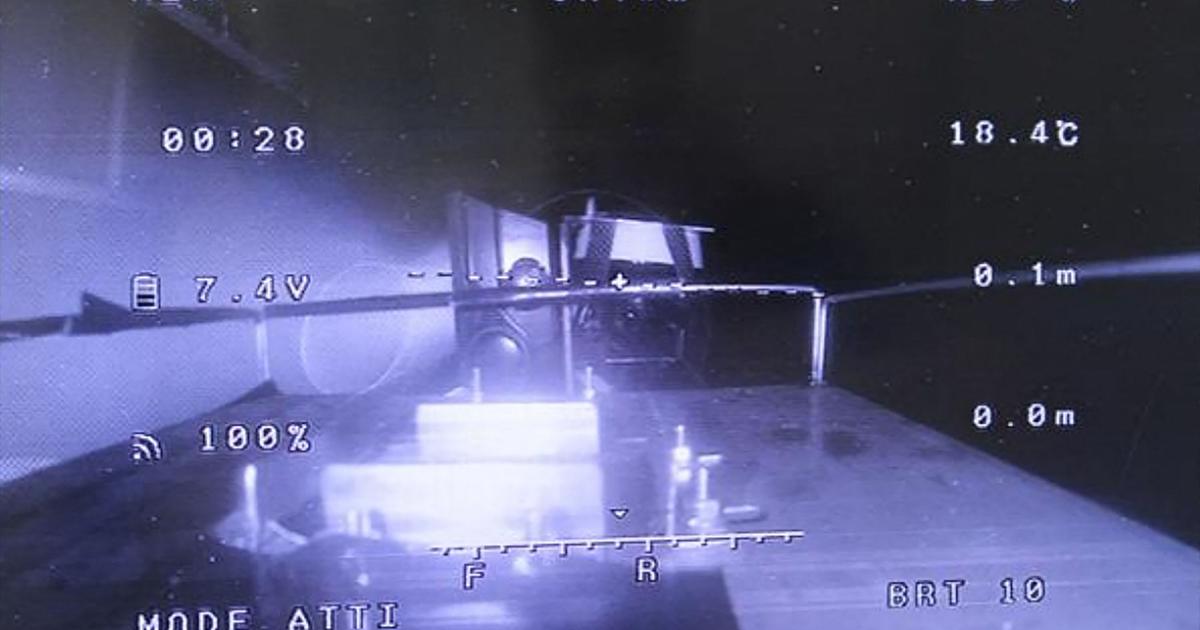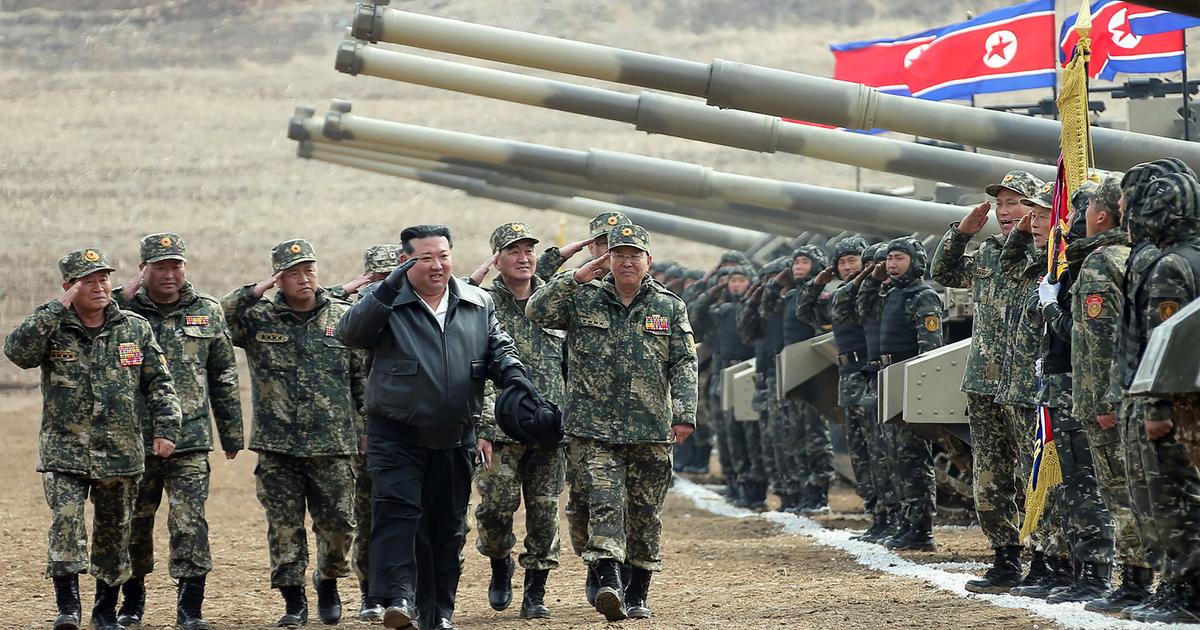The actual level of radioactivity to which the Polynesian population was exposed during nuclear tests between 1966 and 1996 was undervalued, according to an investigation by online investigative media Disclose, published Tuesday.
For two years, Disclose analyzed 2,000 pages of military documents declassified in 2013 by the Ministry of Defense in partnership with the English 3D modeling collective Interprt and the Global Science and Security research program at Princeton University in the United States. , he explains.
READ ALSO>
French nuclear tests and cancers: five minutes to understand the latest Inserm report
The investigation “was able to reassess the dose received to the thyroid by the inhabitants of the Gambier (islands), Tureia and Tahiti during the six nuclear tests considered to be the most contaminating in the history of the Pacific Experimentation Center.
Result: our estimates are between 2 and 10 higher than those made by the French Atomic Energy Commission in 2006 ”, according to Disclose.
Almost all of the population of the archipelagos exposed in a test
To explain the difference between its calculations and those of the CEA, Disclose highlights different interpretations of the data.
For example, for the aerial nuclear test carried out in 1966 at Mururoa, called Aldebaran, CEA scientists "consider that the local population only drank river water but not rain water".
However, many inhabitants of this archipelago drank rainwater, according to the investigation of the investigative media.
For the Centaure test alone, taken in July 1974, “according to our calculations, based on a scientific reassessment of the contamination in French Polynesia, approximately 110,000 people were exposed to radioactivity, ie almost the entire population of archipelagos at the time ”, underlines the survey.
63 civilians compensated
“We used the data collected by the Joint Radiological Safety Service (SMSR) at the time of the shooting (in 1974, Editor's note).
The same ones that were used by the CEA for its reassessments of doses published in a 2006 study, the reference in the matter.
But according to our expertise, the CEA's estimates for ground deposits were underestimated by more than 40% ”.
Morning essentials newsletter
A tour of the news to start the day
Subscribe to the newsletterAll newsletters
This CEA study is the reference for the Compensation Committee for Victims of Nuclear Tests (Civen) for studying the files of victims of nuclear tests.
Until today, the number of Polynesian civilians - that is to say, excluding soldiers and contractors - having received compensation amounts to 63 people, according to the investigative media.






